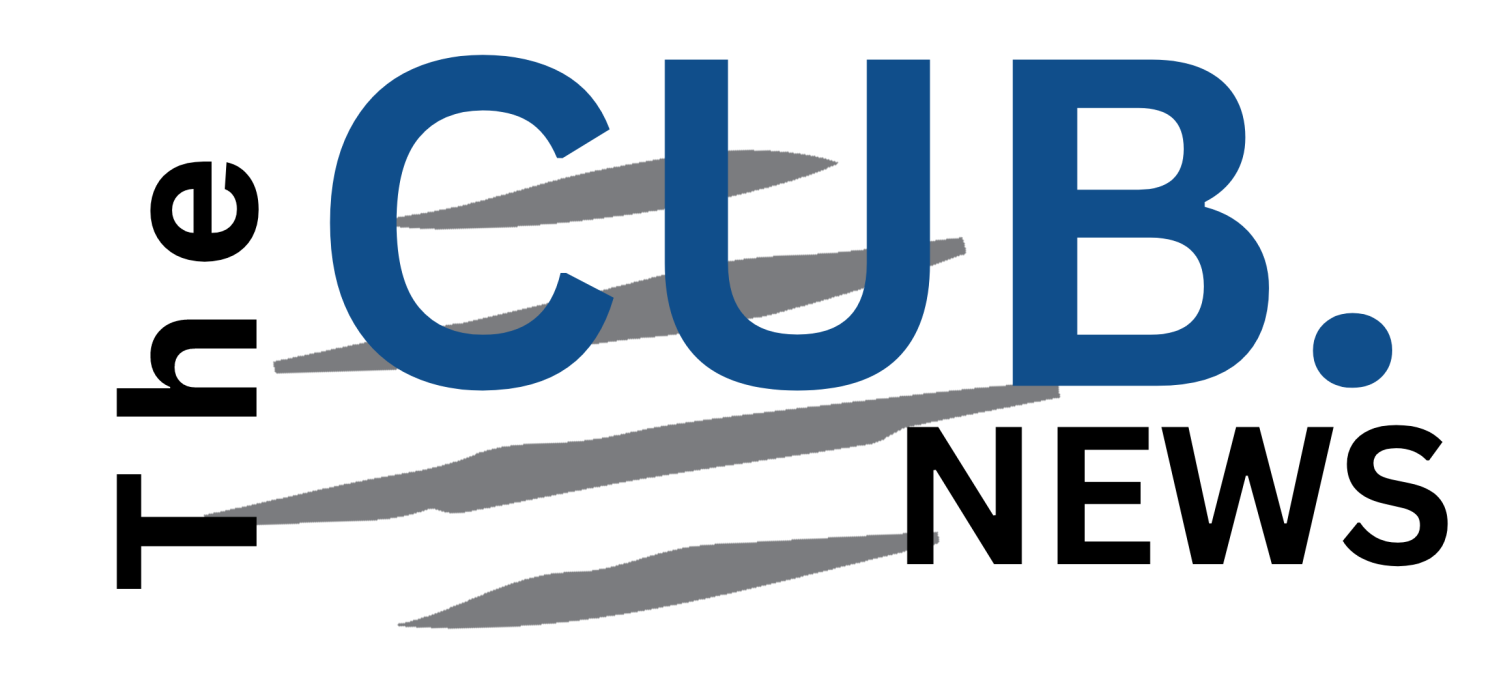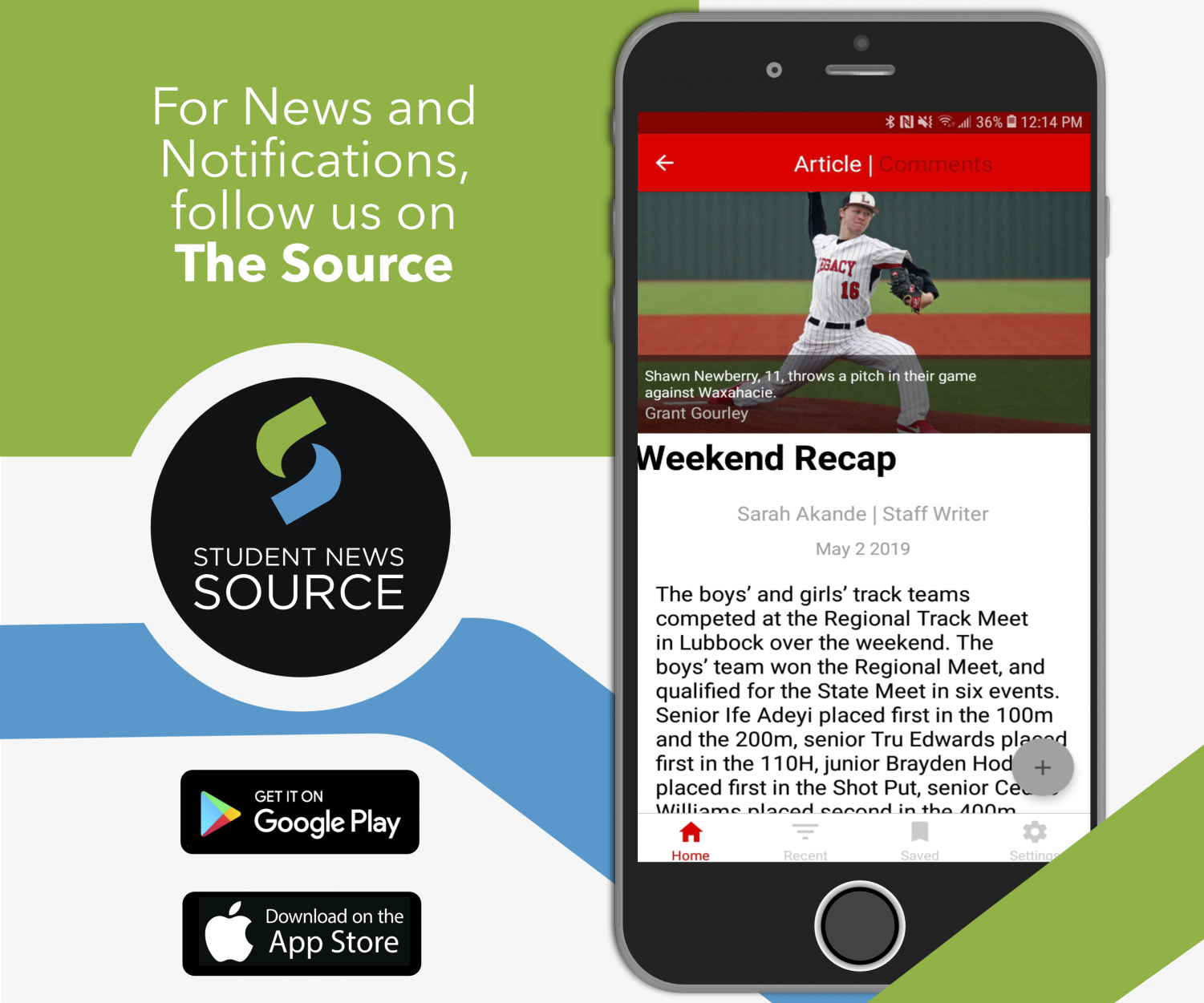A History of Hatred; Community Responds to Sedro-Woolley Museum Newsletter Laden with KKK Imagery
October 7, 2019
People crowded into the old theatre exhibit early last month, invited by the Sedro-Woolley Museum director Carolyn Freeman who invited community members to express their assessment of the recent newsletter, which featured images and stories of historic Ku Klux Klan activity in Skagit County, upsetting and shocking members of the community.
Surprise for the feature was widespread, as The Seattle Times published an article.
Many people spoke their minds and shared their thoughts according to Sedro-Wolley City Councilwoman Germaine Kornegay, the only person of color currently on Sedro-Woolley’s City Council.
“What happened at the museum that Thursday night was truly euphoric,” said Konegay.
The newsletter displayed a group photo of a KKK wedding; a blunt image of men, women and children all draped in hooded white robes. It also included a printed story about their donations to the church and family-orientated way of life, and excluded any further explanation.
“But the rest of the history, what they are most known for was not mentioned at all. That is what upset people most in my opinion,” said Kornegay. “The newsletter article seemed to normalize-even glamorize bigoted ideology. Many communities within our community were traumatized. To make matters worse, the timing of the newsletter was at the time of a racially motivated mass shooting in El Paso, Texas.”
“The board apology letter was read sincerely and people calmly but passionately expressed how this particular newsletter impacted them. Twenty-four people signed up and spoke. Some with young children,” said Kornegay. The letter excluded any mention of the groups racist and violent actions and seemed to lack historical context. Even in the midst of denunciation by the community and neighboring counties, there is no sign of the newsletter on their website or Facebook page.
Kornegay said she was caught off guard by the strange mailer. “After reviewing the newsletter, via Facebook Messenger, I remember thinking that it looked offensive but there must be something I missed or there must be some explanation,” said Kornegay. “I was saddened for the museum, it’s volunteers and board, quite a few who are good friends, the city and for everyone who had to see that newsletter normalizing the KKK”.
The newsletter was especially offensive to members who would have been targets for a KKK organization. They arrived at the meeting and in a calm and passionate way to tell their stories and how this letter affected them and their communities. They spoke not to scold, but to encourage understanding. “A young Jewish girl spoke to the board about how it feels being Jewish. LGBTQ, people of color, interracial couples, allies showed up to talk about their experiences. All extremely peaceful and supportive,” said Kornegay.
This event poses an important question for the community: how do we address the darker sides of history? As a history teacher, Aimee Gustafson, spends the majority of her time explaining history to students. “One of the reasons why we study history is to learn from past mistakes, and hopefully avoid repeating them. It is completely possible to both love your country and be critical of it at the same time – These ideas aren’t mutually exclusive,” said Gustafson.
“Context is crucial when it comes to understanding the bigger or broader picture of a historical event,” said Gustafson. “An incomplete understanding of context can prevent one from fully understanding the causes and consequences of an event – and also get in the way of making connections between the past and the present.”
The bravery shown in alerting the museum of their mistakes is a quality Kornegay, as well those offended by the letter, think there should be more of. “Friends who brought this to my and the museum’s attention are true heroes. They knew when the alarm bell needed to go off. They acted. More of that please.” said Kornegay.


